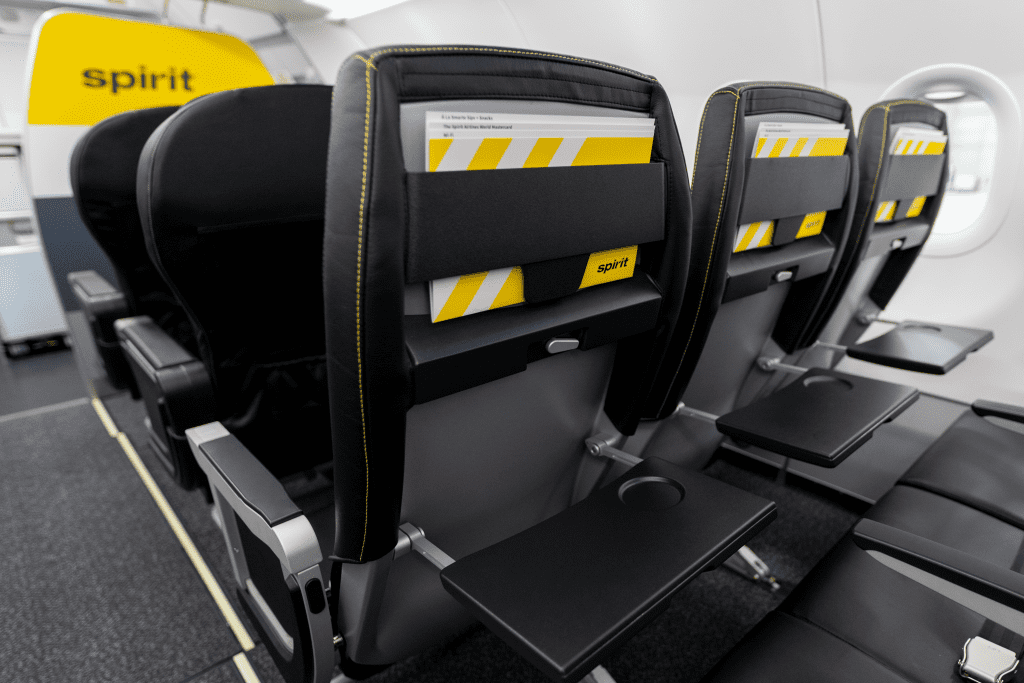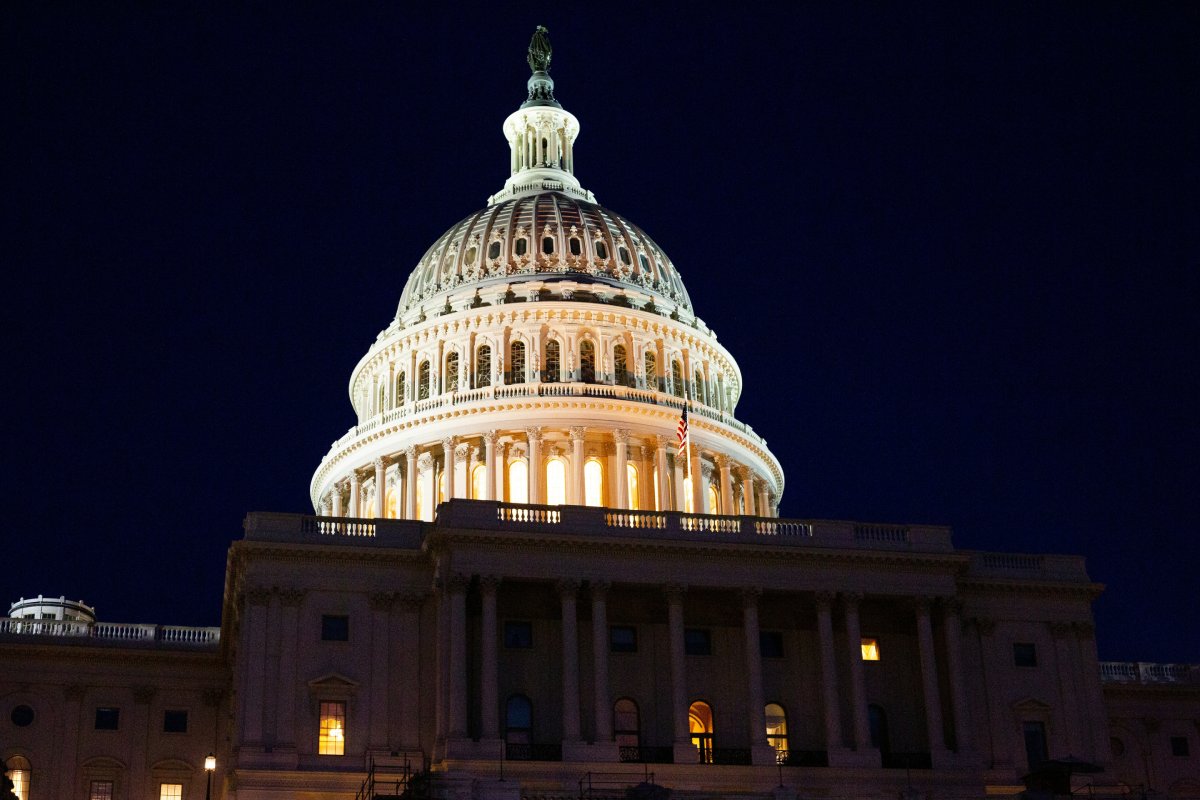Spirit Anticipates Profits Later This Year Even With Growing Competition for Leisure Travelers

Skift Take
The pandemic airlines recovery has seen a scramble to capture leisure travelers in the U.S., with legacy carriers adding routes to leisure destinations to make up for the shortfall of business travelers. That's brought heavy competition to low-cost carrier Spirit Airlines, which had seen success taking flyers to places like Florida and Las Vegas well before Covid was a household name.
Spirit said this week it likes where it is at despite the big carrier competition, with strength on routes to Florida, Vegas, and California, so much so it expects to be profitable in the second half.
In fact, Spirit expects to be flying as much as it did in 2019 by the end of this year.
"The leisure travel demand recovery has taken root," said CEO Ted Christie on an earnings call this week. "There may still be some bumps ahead, but as vaccines are more widely available, case counts abate and travel restrictions ease, Spirit is stronger than ever and well prepared to bring our low fares to more places and offer more guests the opportunity to travel."
Spirit plans to fly 30 percent more flights next year- over- this- year, but by 2023, its growth plans will "stabilize" to between 14 to17 percent more flights annually, executives said.
As the vaccine rollout continues, south Florida-based Spirit Airlines is in a good place for recovery with the majority of its passenger base leisure travelers, executives said.
"We believe we're strong to Florida, Las Vegas, California all the leisure destinations that are out there," said Matt Klein, chief commercial officer. "And that's where you're going to see us grow. And we will continue to add new dots on the map that we think connect well to those places. We did have a little bit of a hiccup in our international network, solely because of the international inbound testing requirement."
With its low-cost model and its cheaper airfares, Spirit, unlike the majors, isn't relying on business travel and is positioned to take advantage of pent-up leisure travel demand.
"While acknowledging that the recovery is still in progress and may not be linear, we continue to believe we will be among the first U.S. carriers to reach sustained profitability," said Christie.
The low-cost airline, known for its ancillary costs for nearly everything, from checked bags to a seat, is counting on the strength of its leisure networks and routes to increase its ticket prices and non-ticket or ancillary revenue within the next two years.
As Spirit Airlines set its sights on the recovery efforts following its fourth quarter earnings, the airline has been busy hiring flight crews, mechanics and bringing planes out of storage.
"Right now, we have (Airbus A319s) that we're bringing out of the desert (storage). And so, we're flying probably about an equivalent number of aircraft as we did in 2019, probably around 140 aircraft," said Spirit Chief Financial Officer Scott Haralson. "And so, we have a crew level that is pretty similar. But we're going to have to hire a large number of crew between now and the end of the year because the fleet will grow from an operated fleet from 140 to the end of the year, we'll have 173 aircraft."
In January, the popular $9 Fare Club became the Spirit Saver$ Club, expanding on existing fare discounts with savings on seats, shortcuts for boarding and security, the airline said in its quarterly release. It also launched its redesigned Free Spirit Loyalty Program with additional status benefits, extended expiration and more.
Additionally, the low-fare carrier announced it is expanding operations to Los Angeles and New York and adding service to Louisville, Kentucky, Pensacola, Florida, Milwaukee, Wisconsin, Saint Louis, Missouri and Puerto Vallarta, Mexico.
The Numbers
Spirit recorded a net loss of $112 million, in the first quarter and total operating revenues of $461.3 million.
"Total operating revenue in the first quarter declined 40.2 percent year-over-year on a capacity decline of 26.9 percent year-over-year," Klein said.
Spirit's load factors were averaging 72.1 percent in the first quarter, with the last two weeks of March seeing the load factors spiking above 80 percent, said Klein. This was a 26.9 percent decrease over the first quarter in 2020.
Under the second payroll support program, Spirit received $184.5 million in the first quarter and will be receiving approximately $28 million of additional funds in the second quarter. Additionally, the airline expects to receive $198 million in the second quarter under the third payroll support program, for a total of $750 million, Haralson said.




